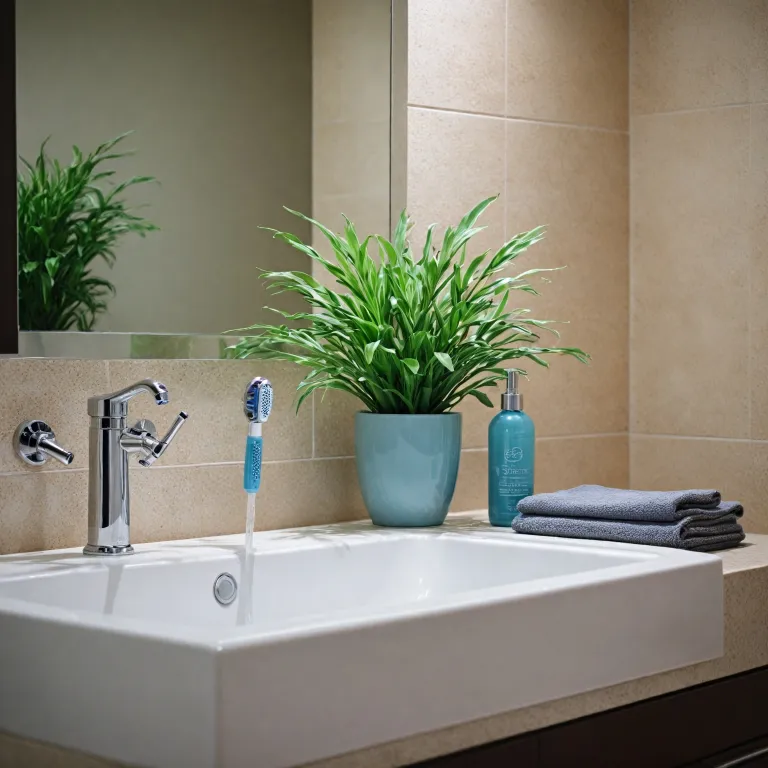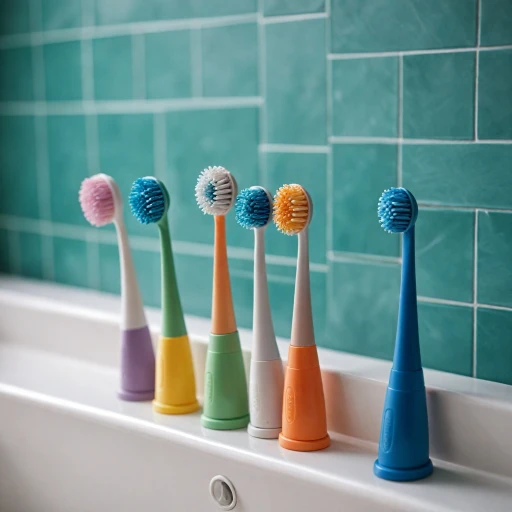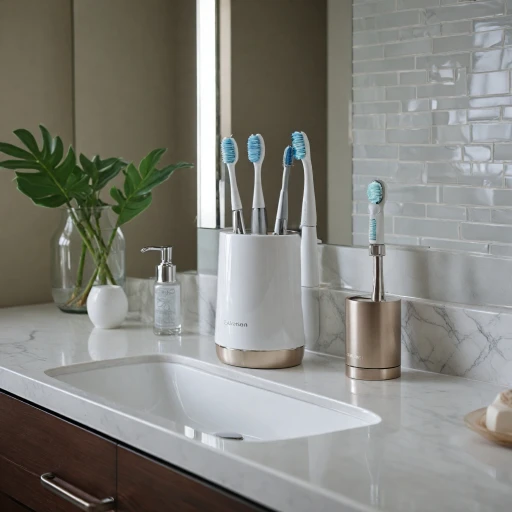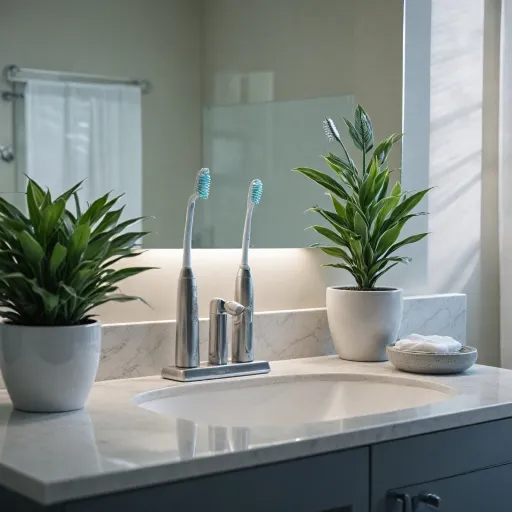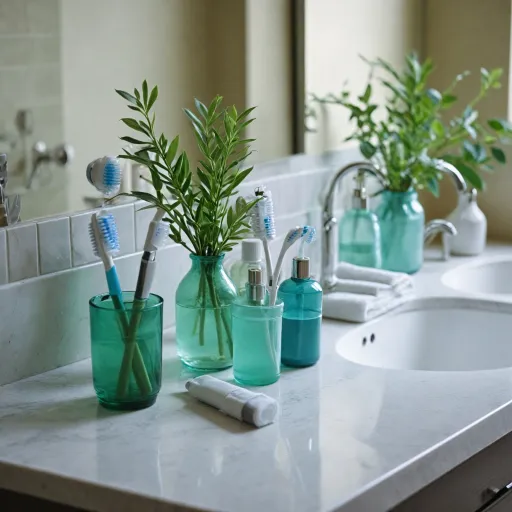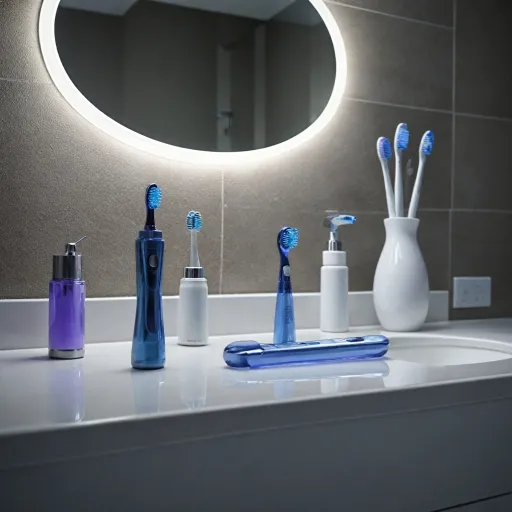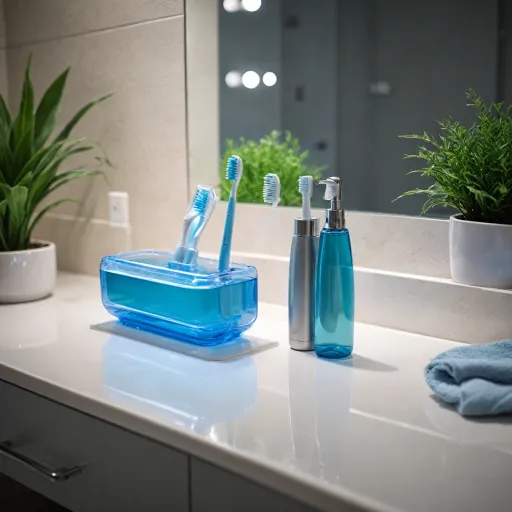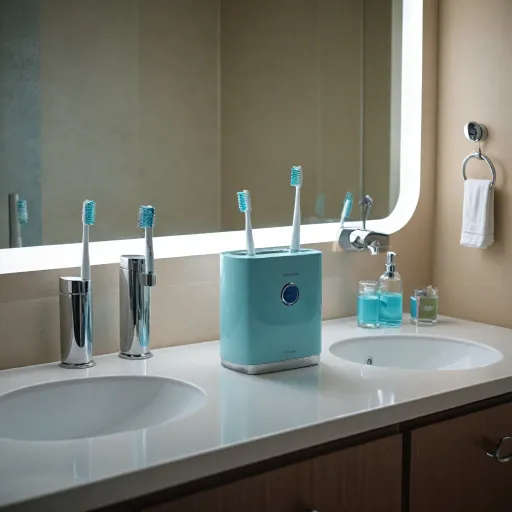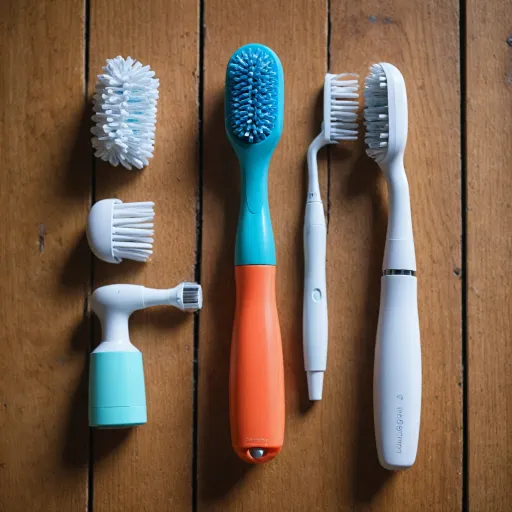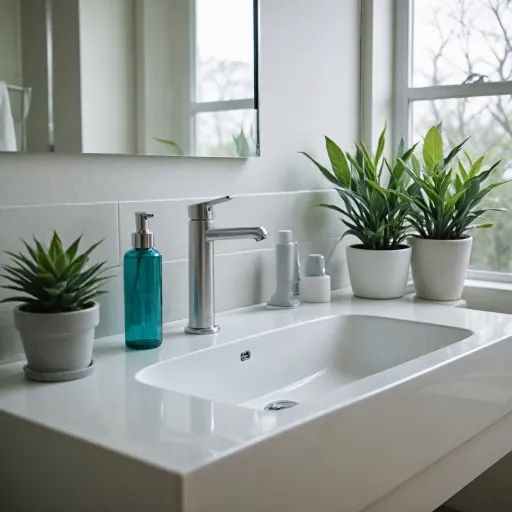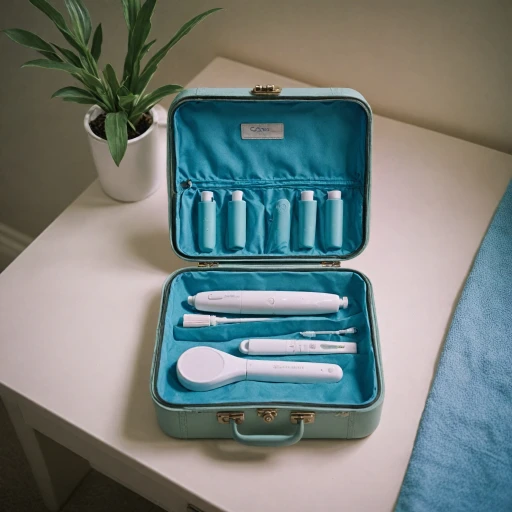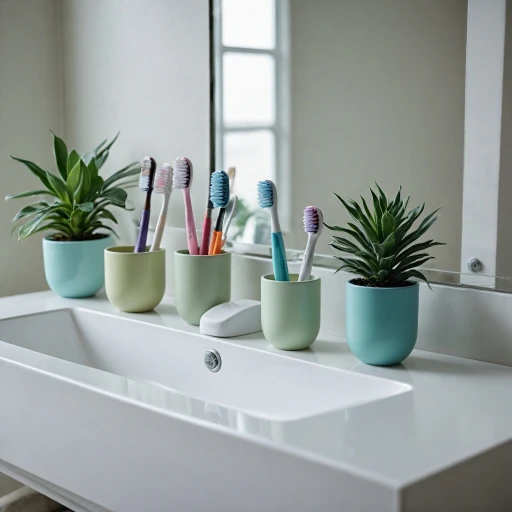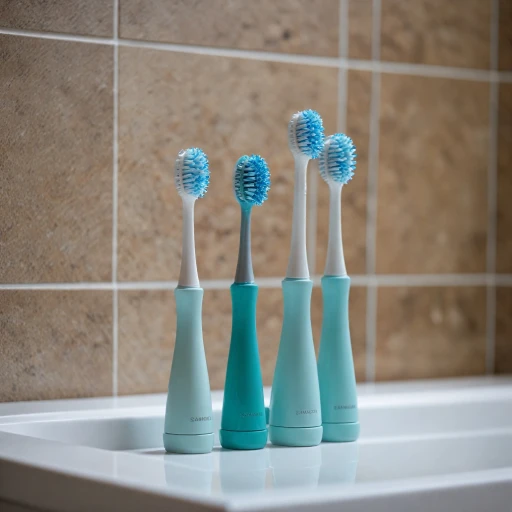
Understanding the Importance of Sanitizing Your Electric Toothbrush
Why You Should Prioritize Toothbrush Sanitization
Your electric toothbrush might be a key asset in maintaining great oral health, but it's crucial to remember its cleanliness plays a vital role too. Without proper sanitization, even the best electric toothbrush can become a breeding ground for bacteria.
When we think of oral care, we often focus on brushing techniques or choosing the best toothbrushes. However, ensuring that your toothbrush remains clean is equally important in preventing oral health issues. A clean toothbrush can effectively help reduce harmful bacteria from entering your mouth and help in keeping your teeth healthy.
Bacteria can easily accumulate on the bristles of your toothbrush over time. This is especially true when the toothbrush isn’t rinsed with hot water after use or is stored while still wet. The humid environment encourages bacteria growth. This is where proper methods to disinfect your toothbrush come into play, which can be as simple as rinsing with antibacterial mouthwash or letting your toothbrush air dry thoroughly between uses.
Opting for effective sanitization practices, like incorporating a toothbrush holder sterilizer, will help enhance the cleanliness of your brush. This step, combined with using suitable sanitization products such as hydrogen peroxide or mouthwash, can ensure that your daily brushing regimen remains hygienic.
Neglecting the cleanliness of your toothbrush can defeat its purpose in your oral care routine, leading to health complications rather than preventing them. Thus, maintaining a clean toothbrush is not just about having a brush that's free from plaque—it's about protecting your overall health.
Common Methods to Sanitize Your Electric Toothbrush
Effective Techniques for a Clean, Germ-Free Toothbrush
Sanitizing your electric toothbrush is crucial in maintaining oral health. Understanding how to effectively clean it will help keep bacteria at bay, ensuring your teeth and gum care is at its best. First, rinse the toothbrush head under hot water immediately after brushing to remove remaining toothpaste and debris. This simple act will help fight off harmful bacteria that can linger on the bristles. For a deeper clean, immerse the toothbrush head in a solution of antibacterial mouthwash or hydrogen peroxide. Soaking for about 15 minutes can significantly disinfect the toothbrush, ensuring it is safe for next use. For those who prefer a more advanced approach, using a toothbrush cleaner can enhance your oral hygiene routine. These devices use UV light or other technologies to disinfect toothbrushes, offering an extra layer of cleanliness. Additionally, it’s essential to store the toothbrush upright in a well-ventilated toothbrush holder. Allowing it to air dry completely before its next use will help keep the toothbrush clean by minimizing bacterial growth. Remember, replacing your electric toothbrush head every few months, or sooner if the bristles begin to fray, is a critical step in ensuring optimal oral health. Integrated methods such as these can keep the toothbrush hygienic, enhancing the overall effectiveness of your oral hygiene routine. Avoiding certain actions, like sharing your toothbrush or keeping it in a closed, damp environment, can prevent additional bacterial contamination.How Often Should You Sanitize Your Electric Toothbrush?
Frequency for Keeping Your Electric Toothbrush Clean
Sanitizing your electric toothbrush plays a crucial role in maintaining oral health. But how often should you actually clean it? A simple rule to keep in mind is to incorporate sanitizing into your regular dental care routine. Ideally, disinfect your toothbrush at least once a week. This helps in reducing bacteria build-up and ensuring that it stays clean for optimal brushing results. If you've been unwell, consider sanitizing your toothbrush immediately after you're recovered to prevent re-infection. Daily steps such as rinsing the toothbrush head with hot water and allowing it to air dry are essential practices after brushing. This common step will help manage bacterial growth and keep the toothbrush bristles free from debris. Additionally, replacing your toothbrush head every three months is a key part of keeping your toothbrush clean. Worn out bristles don't clean teeth effectively and can harm your gums. When traveling, it's important to maintain your routine. Choosing the appropriate travel case for your electric toothbrush ensures it stays protected and clean even on the go. Remember, maintaining a clean toothbrush directly complements your broader health practices and contributes to overall oral well-being.Mistakes to Avoid When Sanitizing Your Electric Toothbrush
Common Errors to Keep in Mind
When it comes to sanitizing your electric toothbrush, several mistakes could hinder your oral care efforts. Ensure optimal toothbrush maintenance and avoid these pitfalls:- Using Hot Water Incorrectly: While hot water can help disinfect your toothbrush, submerging the entire electric brush in it could damage the components. Instead, apply hot water only to the bristles and toothbrush head to avoid electrical issues.
- Neglecting Regular Replacements: Ensure you're not only cleaning but also regularly replacing your toothbrush head. Worn-out bristles can harbor more bacteria and are less effective at cleaning your teeth. It's recommended to replace the toothbrush head every three to four months or sooner if the bristles are frayed.
- Improper Storage: Storing your toothbrush in an enclosed or humid environment, like a toothbrush holder, can foster bacterial growth. Keep your brush upright, allowing it to air dry naturally. Consider placing it in a location where it can stay clean and not touch other toothbrushes.
- Overlooking Wrong Cleaning Solutions: Not all cleaning solutions are suitable for toothbrushes. Avoid using bleach or abrasive chemicals which can damage the bristles. Opt for solutions like hydrogen peroxide or antibacterial mouthwash, which are safe and effective for a clean toothbrush.
- Ignoring Basic Oral Hygiene Practices: Even the cleanest toothbrush won’t substitute for regular oral hygiene habits. Daily brushing, flossing, and the use of mouthwash will help maintain your overall oral health. Prioritize brushing with proper technique to maximize the benefits of your sanitized brush.
Choosing the Right Sanitization Products for Your Electric Toothbrush
Effective Sanitizing Products for Your Electric Toothbrush
Choosing the right sanitization products is crucial for maintaining the health and cleanliness of your electric toothbrush. A clean toothbrush plays a significant role in ensuring your oral health by preventing bacteria build-up on the bristles. Let’s explore some reliable options to keep your toothbrush in pristine condition.
- Hydrogen Peroxide: This is a simple yet effective solution. You can regularly use hydrogen peroxide to disinfect your toothbrush. All you need to do is soak the brush head in a cup of hydrogen peroxide for a few minutes and rinse thoroughly with hot water. This method will help keep the bristles clean.
- Antibacterial Mouthwash: Dipping your toothbrush head in antibacterial mouthwash is another excellent way to keep it clean. It not only disinfects but also ensures a fresh start each time you brush your teeth.
- Boiling Water: A regular hot water soak can be effective in eliminating bacteria. Simply immerse the toothbrush bristles in boiling water for a short period and allow it to air dry in a clean area.
- Specialized Toothbrush Cleaners: Products like the Bril toothbrush cleaner offer a targeted approach to sanitizing. They are designed to ensure thorough disinfection, which can be essential for maintaining both bristles and the overall toothbrush head.
Using these products and methods will help maintain your toothbrush in top condition, safeguarding your dental care routine. Remember, choosing the right products is as important as the frequency and method of cleaning your electric toothbrush.
